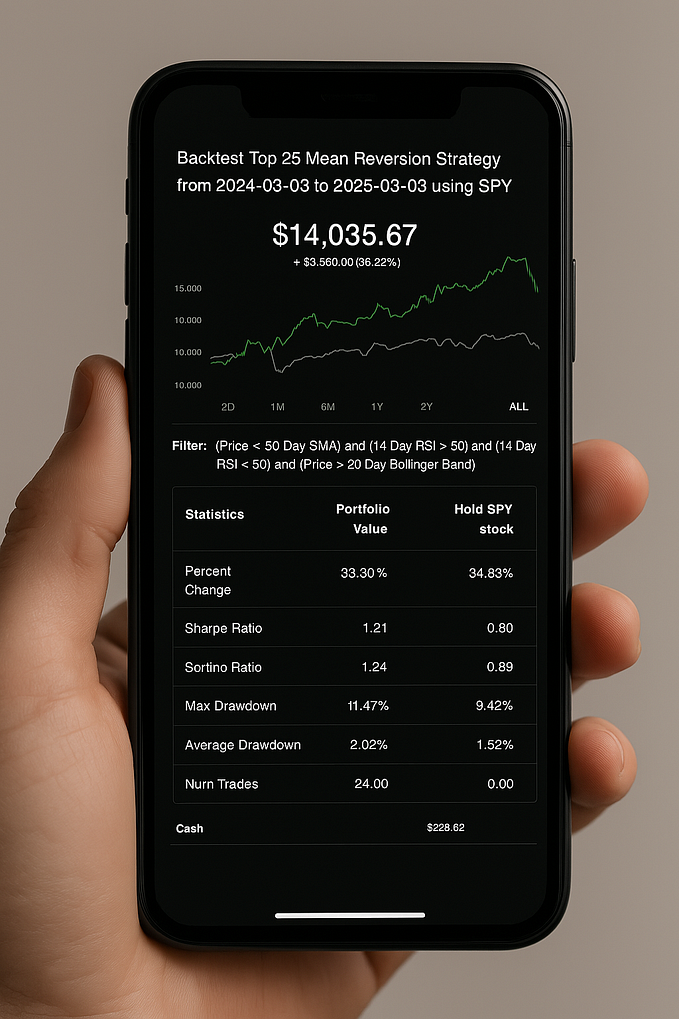APR Vs APY

APY and APR are financial return terms in percentages found in the details of AscendEX Earn products. They represent the annual earnings rates users can obtain by locking up assets in Staking or DeFi Yield Farming programs on AscendEX. Both are used to calculate interest earned for utilizing investment products on the platform. These rates affect how much users can earn when they’re applied to their investment balances. But while APR and APY may sound the same, they are quite different. APY, or Annual Percentage Yield, leverages compound interest for starters, but APR, which stands for Annual Percentage Rate, does not.
APY provides more yield than APR, because it includes interest compounded on interest and not only interest on the initial investment. In the DeFi space, APY is primarily leveraged by manual compounding, when users add their interest to the initial investment every day in order to get more profit over the long term. However, on AscendEX, users can utilize the “compound mode” to compound their earnings automatically.
The APY for a 1% rate of return compounded monthly would be 12.68% [(1 + 0.01)¹² — 1 = 12.68%] a year. If users only lock up their holdings for one month, they will receive the equivalent yearly rate of 12%. However, if users lock up those assets for the year, their effective interest rate becomes 12.68% due to compounding each month.
Key Takeaways
- APR represents the annual rate distributed to users without compounding
- APY takes into account compounding
- The more frequently the earnings compound, the more significant the difference between the APR and APY
- Users can utilize “Compound Mode” on AscendEX to automatically apply compound interest to their holdings in AscendEX Earn products
Now that users are familiar with the different types of return rates available for AscendEX investment vehicles, they can better utilize AscendEX Earn products HERE to take full advantage of the industry-leading rates on AscendEX.







